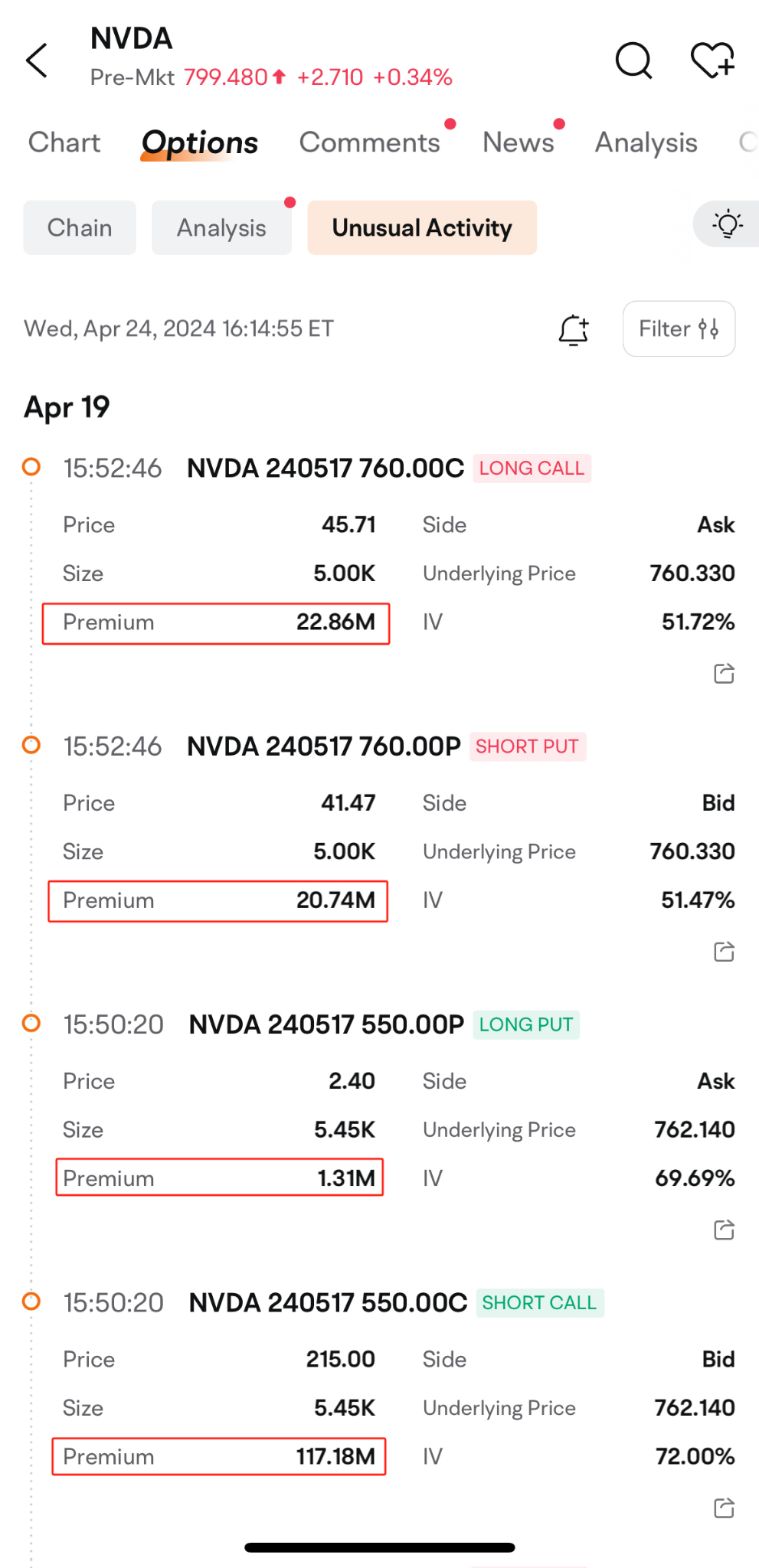This time, however, only a statement was issued without any financial guidance, interpreted negatively by the market. Consequently, at the opening bell, investors rushed to sell SMCI stocks, causing widespread unease in the market, with more investors joining the selling frenzy, leading to an unstoppable decline.


JFMY : good analysis
Lucasy : wow your analysis is impressive and detail. It shows that you really know your stuff. May I know how do you decide your expiration date for your call regardless of it's earning date?
VinceYeo : Curious to hear from you on the follow up since April